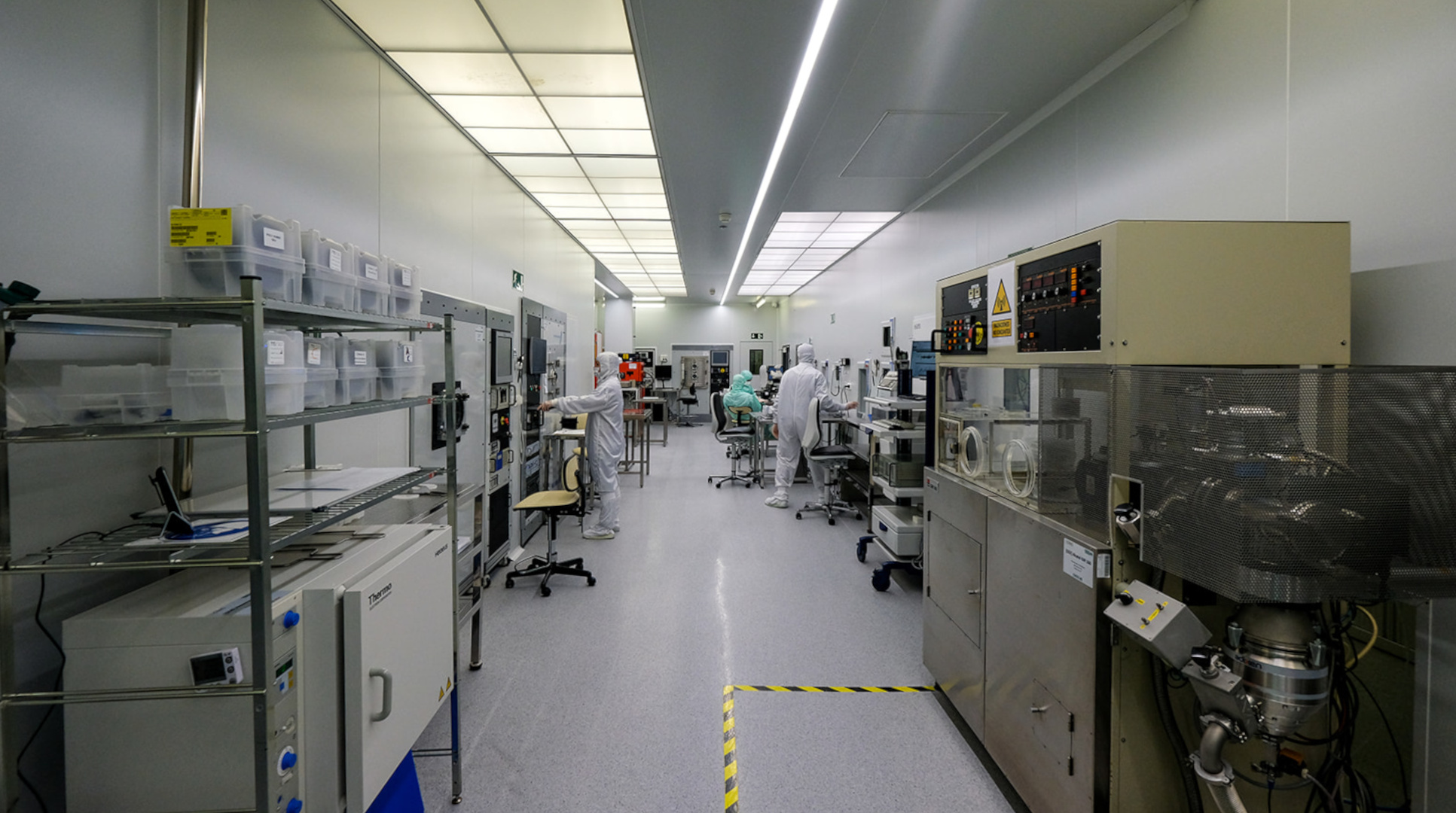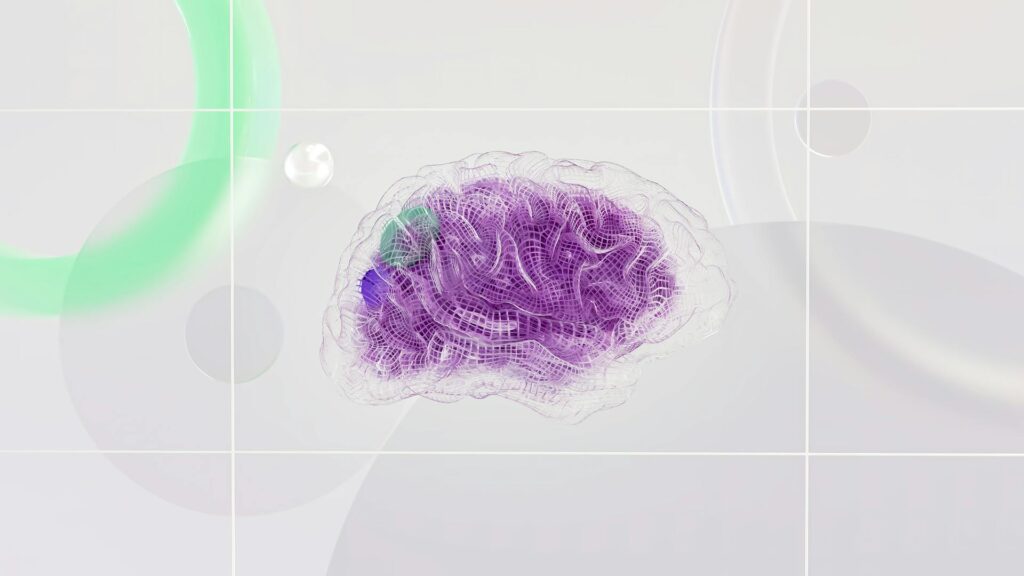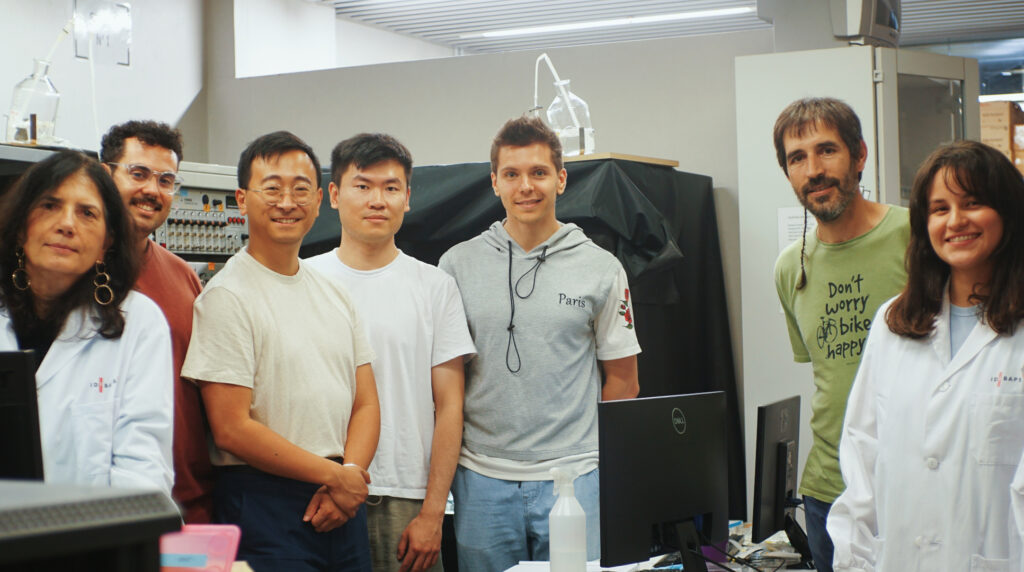To effectively execute an innovative project like META-BRAIN, aimed at achieving precise control over brain activity patterns through the novel application of remote magnets and ultrasound technology, a highly interdisciplinary team with solid experience is essential Hence, the project consortium comprises leading expert organizations from fields such as neuroscience, theoretical modelling, nanotechnology, new materials, and clinical practice.
Throughout the project, two minimally invasive technologies will undergo testing for brain stimulation: Magnetoelectric nanostructures and ultrasound. Furthermore, a closed-loop system will be developed to both stimulate the brain and record its activity, enabling simulations and tests with computational models. To record brain activity accurately, specialized microtransistor arrays made with Graphene, a highly promising material for recording and stimulating human neural activity, will be required. The partner in charge of its development, and which will also have an important role in the design and implementation of the closed-loop system, is Ciber (Centro de Investigación Biomédica en Red).
Spain’s Biomedical Research Networking Centre
Ciber is a Spanish public consortium dedicated to promoting excellence in Biomedicine and Health research through collaborative projects within the national Health and Science & Technology systems. With a team of over 800 professionals and more than 5,500 assigned researchers, Ciber operates across 518 research groups affiliated with 104 consortium institutions spanning public and private sectors in various Autonomous Communities of Spain.
The scientific program at Ciber is organized around 13 thematic research areas, including bioengineering, diabetes, obesity, liver diseases, rare diseases, respiratory diseases, epidemiology, mental health, aging, cardiovascular diseases, cancer, infectious diseases, and neurodegenerative diseases.
Ciber’s main tasks at META-BRAIN
Within the project consortium, Ciber is represented by the Biomedical Applications Group (GAB) based at the Institute of Microelectronics of Barcelona (IMB-CNM). Leveraging the technological capabilities available at the Clean Room facility of the IMB-CNM, the GAB aims to provide innovative solutions for biomedical applications, primarily focused on sensing at various biological levels, from molecules to organs. Collaborating with biomedical research groups, the GAB strives to develop micro-nano-bio systems that are technically feasible, economically viable, and clinically applicable for measuring key parameters related to an organism’s state or evolution.
The two main research areas of the GAB involved in the META-BRAIN project are:
- Neurotechnology: Led by Dr. Anton Guimerà, the Neurotechnology research team explores the use of graphene. They have developed methods to integrate graphene microtransistors into flexible neural interfaces, providing stable and long-term recordings. Additionally, these microtransistors enable multiplexed read-out strategies, essential for creating high channel-count neural interfaces, thereby reducing connectivity limitations. Their collaborative efforts with neuroscience groups focus on studying infra-slow signals in various neurological processes and diseases, enhancing understanding of neural activity and offering new possibilities for diagnosing and treating neurological disorders.
- Advanced Microfabrication: Dr. Xavi Illa leads the Advanced Microfabrication research team, which supports the Neurotechnology group by providing access to the latest technologies at the Micro and Nanofabrication Clean Room of the IMB-CNM. They work on integrating new materials and techniques into existing microfabrication processes, with a strong emphasis on stabilizing and standardizing these methods. A significant aspect of their work involves incorporating graphene into microfabrication processes to create flexible neural interfaces, establishing the IMB-CNM as a leading centre for producing these advanced devices.
In essence, META-BRAIN heralds an entirely fresh approach by synergizing nanotechnology, nano- and microelectronics, cutting-edge materials, neuroscience, clinical neurology, and computational modelling. This convergence not only holds promise for therapeutic applications but also for sensory augmentation through brain interfaces.



